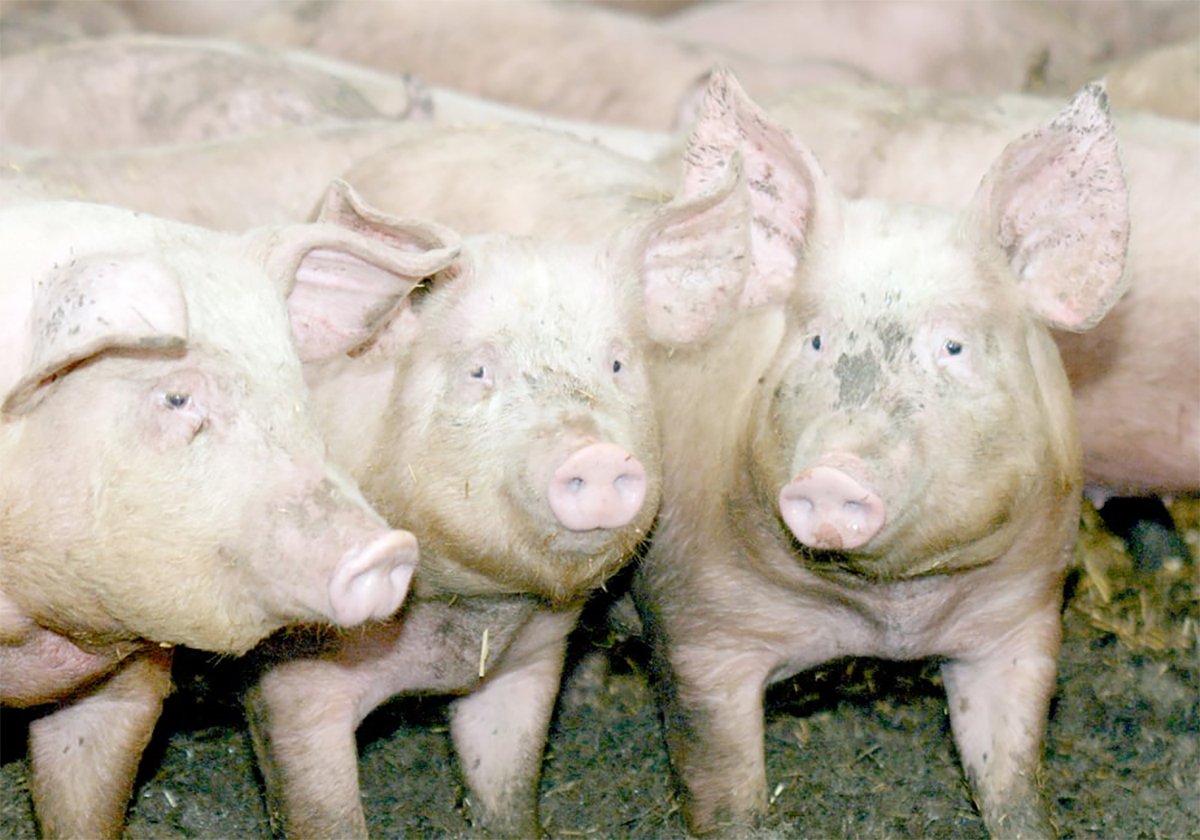FARGO, N.D. – Emergency preparedness has moved beyond a document labelled Bird Flu Outbreak Plan sitting on an office shelf, says a Manitoba government official.
The new model for livestock emergency management is all about relationship building, co-operation and collaboration.
“There’s some folks that think once you’ve got it (a plan) on paper, you’re done, which is not the case,” said Chuck Sanderson, executive director of the Emergency Measures Organization (EMO) in Manitoba. “When it comes to something as large and collaborative as this (a livestock emergency) … there’s so many variables, you have to build it from the bottom up.”
Read Also

The Western Producer Livestock Report – October 2, 2025
Western Producer Livestock Report for October 2, 2025. See U.S. & Canadian hog prices, Canadian bison & lamb market data and sale insight.
Sanderson was in Fargo, North Dakota, June 6 at a regional conference on animal agrosecurity to share how Manitoba is preparing for avian influenza.
The event, one of six conferences across the northern United States, brought together government representatives from North Dakota, Minnesota and Manitoba, leaders from hog and cattle associations, veterinarians and academics.
The presentation topics were varied, but with the same objective – how to deal with livestock emergencies in Canada and the U.S., whether it be a disease, a transport truck rollover or a hurricane.
Sanderson’s theme was that it’s impossible to have a plan in place for every possible scenario, so you’re better off “building a coalition of the willing” who are ready to act if disaster strikes.
Following the bird flu scare of 2006, EMO officials in Manitoba met with representatives from all relevant agencies to increase familiarity and understanding.
“So this process allowed us to take the time to understand Mr. X and his organization. What is it what they do? OK. Now I understand their mandate. Now I understand how it fits into the big scheme of things,” Sanderson said.
That building of relationships and respect between agencies and government leads to a more co-ordinated response to all hazards and emergencies, Sanderson noted.
“That process itself was huge …. You break down all these stereotypes and you start to know people as people,” he said. “As you build relationships, you want to work together.”
Sanderson’s comments resonated with Charlie Stoltenow, co-chair of the Fargo conference.
“They’ve been able to overcome turf battles. They’re working together and have a common vision,” said Stoltenow, an associate professor of agriculture at North Dakota State University. “That’s very impressive and something I’d like to see us duplicate in North Dakota.”
The Manitoba approach, putting the infrastructure of a plan together rather than writing a lot of documents, is unique to Canada, according to Dr. Wayne Lees, chief veterinary officer in Manitoba.
“What we’ve done in Manitoba is show national leadership with this model. Other provinces may need a slightly different model. But as I look across the country, Manitoba’s at the forefront of this kind of emergency planning,” he said.
Asked about the threat of bird flu, after all the media hyperbole in 2006, Sanderson said the excessive reporting produced a positive outcome.
“The threat still exists, but what has happened because of the initial concentration of worry, is it sparked people into good planning schemes,” he said.

















